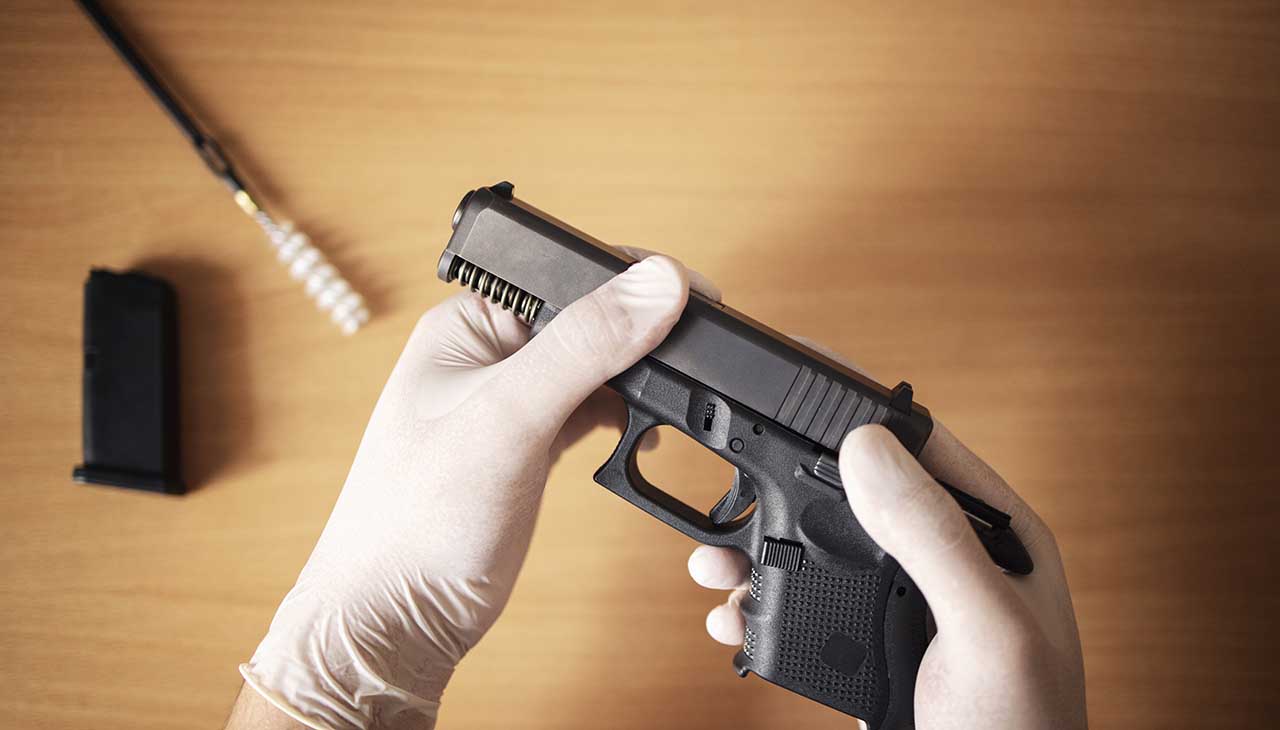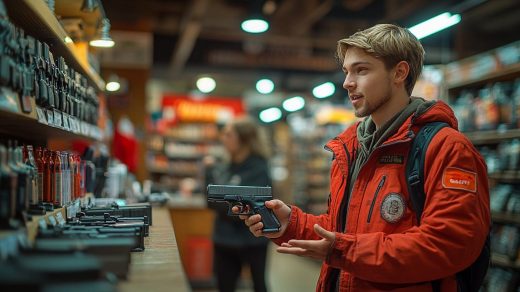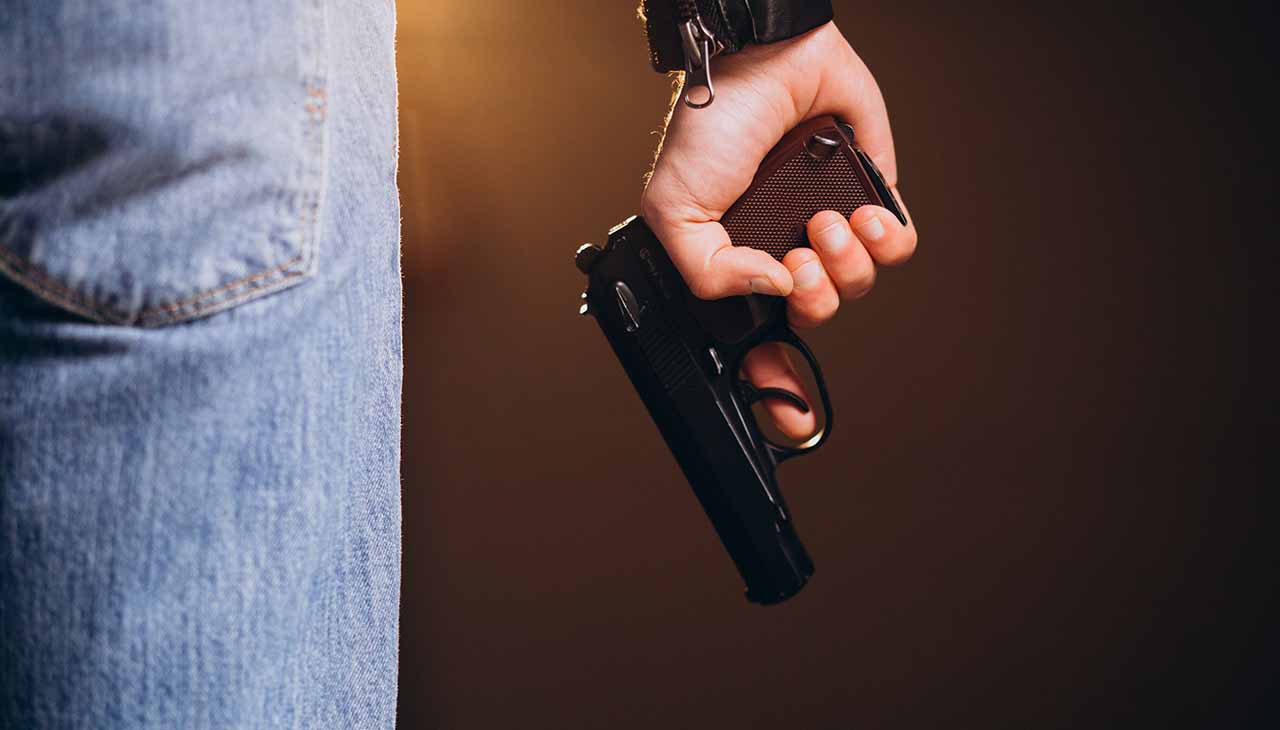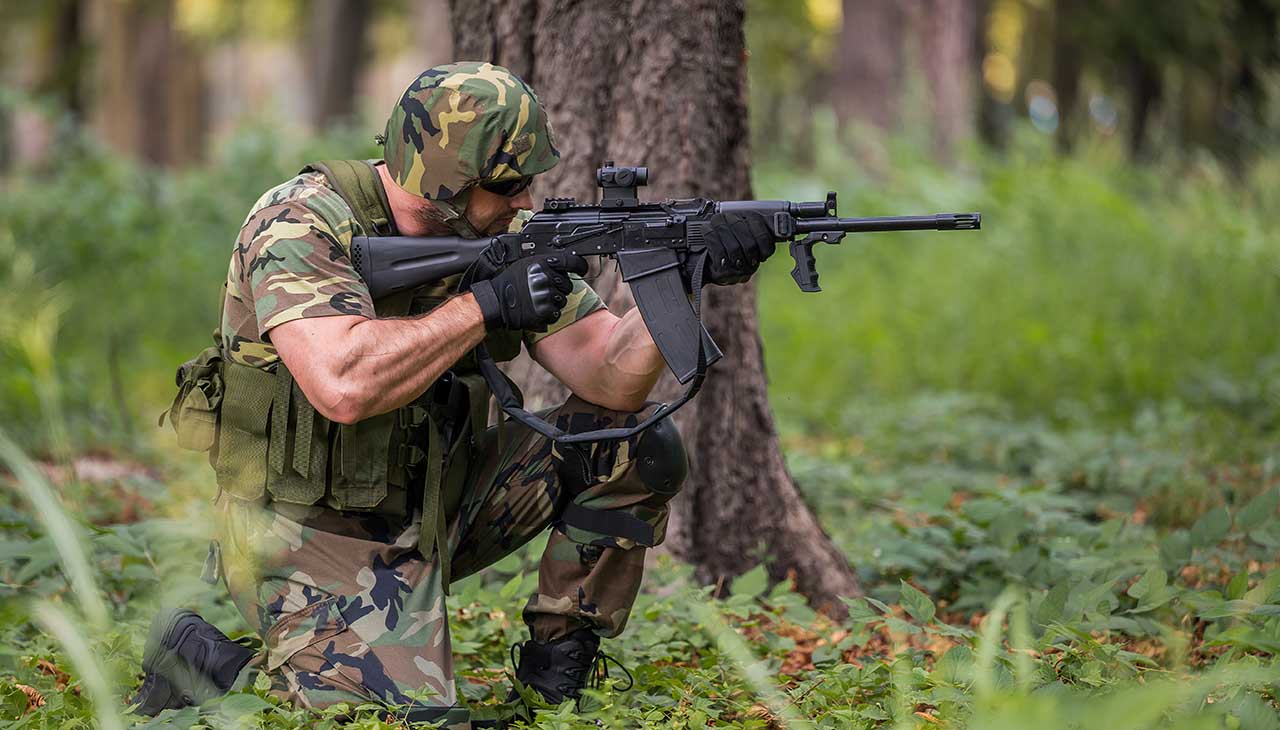Welcome to “Firearm Safety 101: A Comprehensive Guide for Responsible Ownership.” This guide is designed to educate both new and experienced firearm owners on the crucial aspects of safe handling and ownership. From the foundational principles of firearm safety to advanced practices that ensure the security of individuals and communities, this guide covers everything you need to know to be a responsible, informed gun owner. Whether you’re interested in learning about safe storage options, understanding local laws, or improving your shooting skills in a safe manner, this guide provides you with the necessary tools and knowledge.
Basic Firearm Safety Rules
Always Treat Every Firearm as if It Is Loaded
One of the fundamental tenets of firearm safety is to always assume that a gun is loaded, even if you believe it to be unloaded. This mindset ensures that you handle the firearm with the utmost care and caution at all times. Adopting this practice eliminates complacency and significantly reduces the risk of accidental discharge.
Keep the Muzzle Pointed in a Safe Direction
Ensuring that the firearm’s muzzle is always pointed in a safe direction is crucial for preventing injuries and accidents. A “safe direction” means that even if the gun were to discharge, it would not cause injury or damage. The safe direction may vary depending on your location, whether at a shooting range, in a home, or outdoors, always be aware of your surroundings and adjust accordingly.
Keep Your Finger Off the Trigger Until Ready to Shoot
Your finger should rest outside the trigger guard until you have made the conscious decision to shoot. Unintentional pressure on the trigger can lead to accidental firing. This rule helps to prevent unintended discharges and ensures that when a firearm is discharged, it is a deliberate and controlled action.
Be Sure of Your Target and What’s Beyond It
Before pulling the trigger, it is essential to positively identify your target and understand what is beyond it. Bullets can travel great distances and penetrate through various materials, potentially causing unintended harm. Therefore, it is critical to ensure that there is no risk of hitting an unintended target or causing collateral damage.
Safe Handling and Storage of Firearms
Safe handling and storage are pivotal to preventing accidents and unauthorized access to firearms. Proper storage options such as gun safes and lock boxes play a crucial role in firearm safety by ensuring that guns are kept securely and away from those who should not have access to them. Gun safes provide a secure environment for firearms, often equipped with combination locks or biometric systems that offer high levels of security. Lock boxes, while more portable, also provide a secure means to store firearms, especially when traveling.
How to Safely Transport Firearms
When transporting firearms, it’s important to ensure they are unloaded and secured in a locked case. Ammunition should be stored separately. The use of trigger locks or cable locks is also advisable to provide an additional layer of security. Always familiarize yourself with and adhere to local laws and regulations regarding the transport of firearms in your area.
Cleaning and Maintenance Guidelines
Regular cleaning and maintenance of firearms are essential for safe operation. Always ensure that the firearm is unloaded before starting any maintenance procedure. Use the appropriate cleaning tools and supplies, such as cleaning rods, brushes, and firearm-specific solvents and lubricants. A well-maintained firearm is less likely to malfunction and is safer to operate. Always follow the manufacturer’s instructions and guidelines for cleaning and maintenance. Regular checks for wear and damage should also be part of the firearm’s maintenance routine to ensure its safe operation.
By adhering to proper storage, safe transport practices, and regular maintenance, firearm owners can ensure the safety of themselves and those around them.
Firearm Training and Education
Firearm training and education are indispensable components of responsible gun ownership. Enrolling in firearm training courses under the guidance of certified instructors not only helps individuals understand the operational mechanics of a firearm but also ingrains the importance of safety protocols and responsible handling. Certified instructors are equipped to provide comprehensive education on various aspects of firearm ownership, including legal considerations, safe handling practices, and effective shooting techniques. Furthermore, regular practice sessions, ideally under the supervision of a professional, ensure that the principles of safe gun handling become second nature. These educational experiences empower owners to make informed decisions, handle firearms with confidence, and significantly mitigate the risks associated with firearm ownership.
Understanding Firearm Laws and Regulations
Navigating the landscape of firearm laws and regulations is a critical step toward responsible gun ownership. At the local, state, and federal levels, laws can vary significantly, highlighting the importance of familiarizing yourself with the specific legislation applicable to your area. This includes understanding the requirements for obtaining the necessary permits and licenses to own and carry firearms. Additionally, being aware of where firearms are prohibited, such as certain public buildings, schools, or establishments that clearly indicate a no-gun policy, is essential. Adhering to these laws and regulations not only ensures legal compliance but also contributes to the safety and well-being of the community at large.





